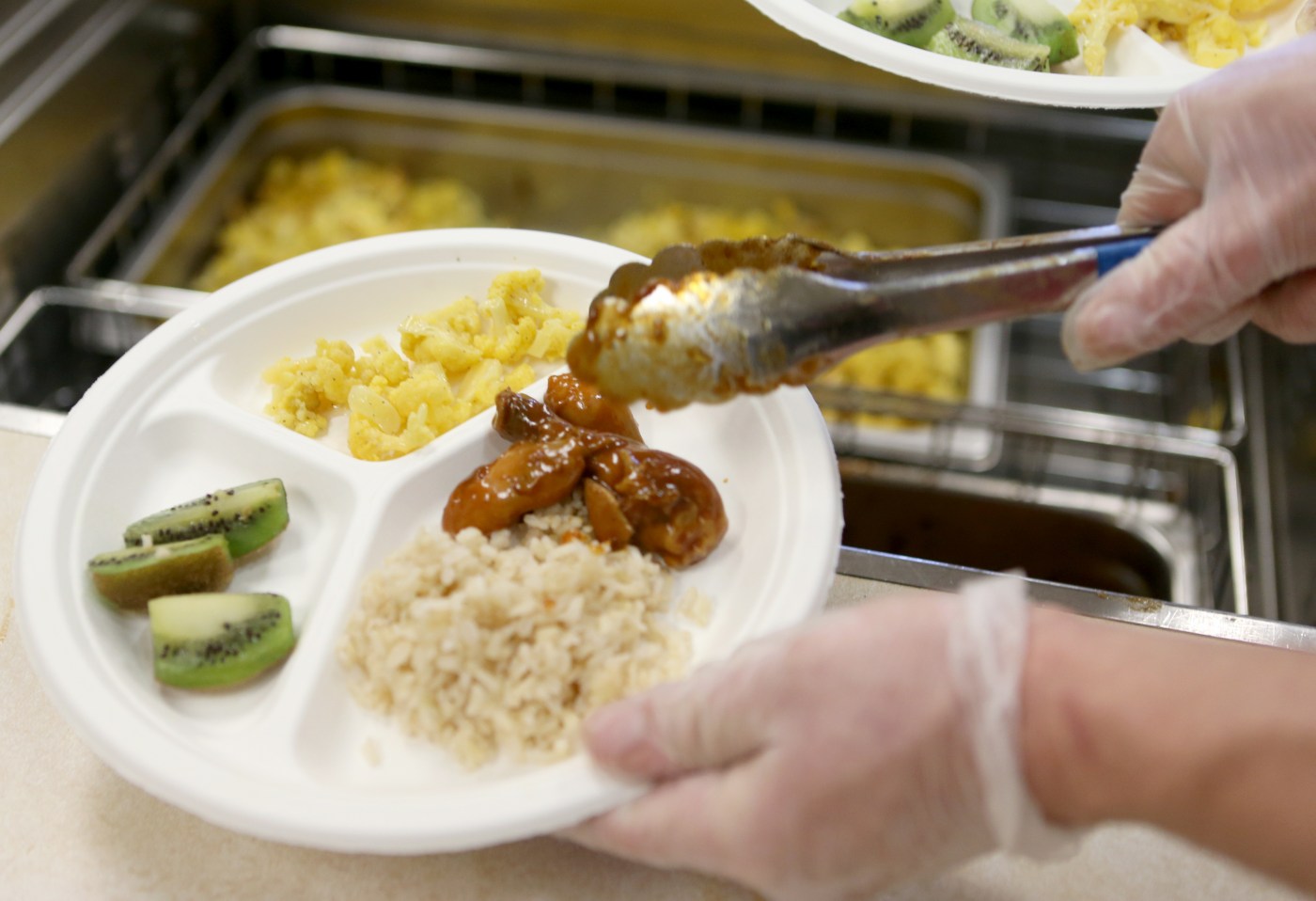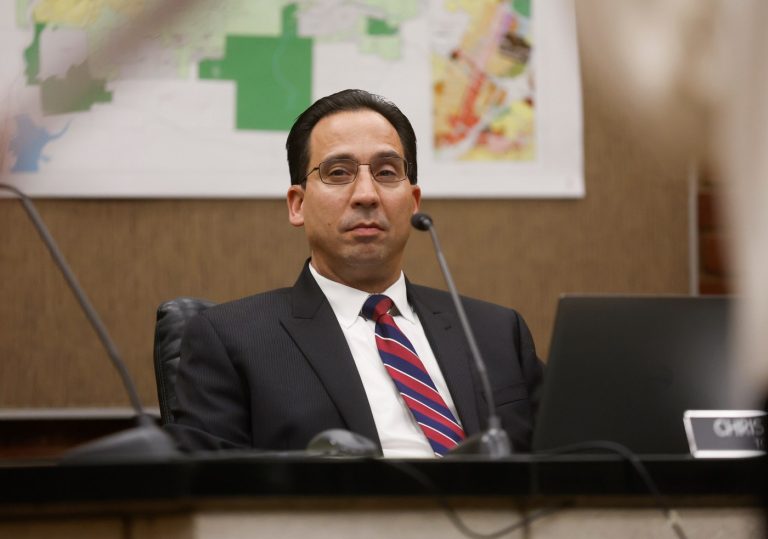For American households, the good news is that inflation rates have largely returned to pre-pandemic levels. Perhaps most importantly, economists at the U.S. Department of Agriculture predict that gains in food prices will continue to moderate. Indeed, data compiled by Adobe Inc. shows that online grocery prices fell 3.7% in August from a month earlier, the largest decline since the firm began tracking the numbers in 2014.
That said, there’s still plenty of bad news. Grocery prices overall are still up 20% over the past four years, leading to lingering sticker shock at the food store. In an Ipsos survey at the end of last year, two-thirds of respondents said that purchasing food is where they most felt the effects of inflation. This election’s presidential candidates have taken notice. Vice President Kamala Harris has floated a plan to prevent price gouging at grocery stores. Former President Donald Trump has offered no real policy details, but has promised to bring down prices. Here’s a proven solution for lowering food prices that neither has mentioned: free school meals.
The history of school meals is far from glorious — and I’m not just referring to the many childhood stories of cafeteria slop. There have been many low political moments, too, such as when President Ronald Reagan proposed such drastic lowering of nutritional requirements in school lunches that ketchup counted as a vegetable. But times have changed. Starting with the Healthy, Hunger-Free Kids Act of 2010, the nutritional value of school meals has improved. Vegetables, fruits, whole grains are required, with strict limits on saturated fats and added salt and sugar.
Food quality matters
What changed was not only on the plate, but who was served the plate. In the past, individual household income was the sole determinant of who received school lunches for free or at reduced prices. But schools, often but not exclusively in low-income areas, now have the option to apply for the federal Act’s Community Eligibility Provision and receive breakfast and lunch for all their students at no cost.
The Community Eligibility Provision was rolled out gradually over a period of three years starting in the 2011-2012 school year, first to schools in a set of pilot states and then everywhere, but participation still came down to the schools. This was a boon for economists because it allowed them to identify the effect of free meals on various outcomes. Three separate research projects found that access to free meals improved academic performance. The effects are larger for those from lower-income households but all students did better.
The findings were not all that surprising. Prior studies found that children from households receiving food stamps did much better on exams, both end-of-year grade level tests and the SAT, in the week after their benefit was replenished compared with the week before, when benefits were more likely to run out and their hunger rise. But hunger isn’t averaged over a month or a year like the way programs do with household incomes when determining eligibility. Free meals, when targeted only to the very poor, miss kids in need. There’s even evidence that the quality of the meal is its own margin for academic aid — feeding kids helps them learn but feeding kids more nutritional food is better.
A market perspective
This academic boost is one reason a handful of states have expanded free meals to all schools. And it’s one reason that the effect on food prices has received less attention — but it’s there. A working paper from a pair of economists at the University of Pennsylvania’s Wharton School of Business and UC Berkeley’s Haas Business School looked at the community eligibility role from a market perspective.
Related Articles
Federal Reserve cuts key interest rate by a half-point
Biggest question from Kroger-Albertsons trials: What’s a grocery store?
Study: Americans’ pay hasn’t fully recovered from inflation. Will it ever?
McDonald’s extends its $5 Meal Deal through the rest of the year
PG&E customers face monthly bill increase — a new one — in October
In theory it’s a simple demand story: fewer meals prepared at home means less needed to buy at the store, and lower demand at the store means lower prices. There’s a lot that could go wrong, including households using the savings to buy more expensive food, too few households could patron the grocery store or represent too small a customer base to impact prices — but it’s exactly what the economists found. In localities with community eligibility, grocery sales declined 10% at big chains, which was enough for them to cut prices 2.5%, even at locations in other areas.
As a social policy, free school meals is hard to beat. Kids do better in school, struggling parents benefit from having to spend less money on food, and all households benefit from lower prices. As a price policy, it’s not perfect. The reduction in retail demand could be offset by greater wholesale demand, where prices could increase. And the results came from a study of large chains. Small grocers, especially those in rural areas, may not have as much flexibility with prices.
Sure, this will cost the federal government money. But this isn’t a hard decision: give the kids free meals at school.
Kathryn Anne Edwards is a labor economist and independent policy consultant. ©2024 Bloomberg. Distributed by Tribune Content Agency.












